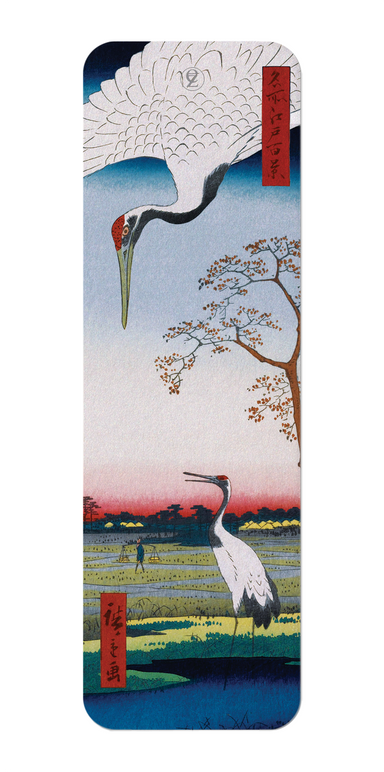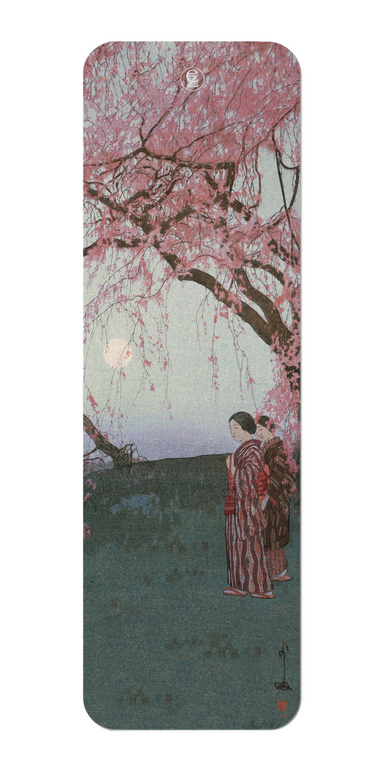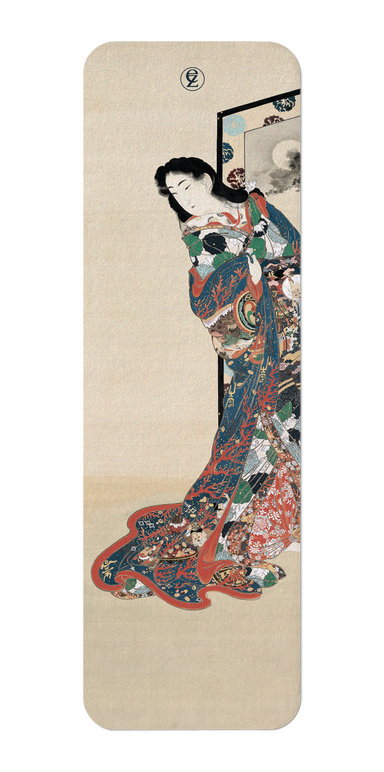Bookmark

CHARLES DICKENS MUSEUM: Map Zoom Bookmark
Login to view pricing
Text on the reverse side: 48 Doughty Street is the only house in which Charles Dickens lived in London that survives and where he shot to worldwid...
View full details



































